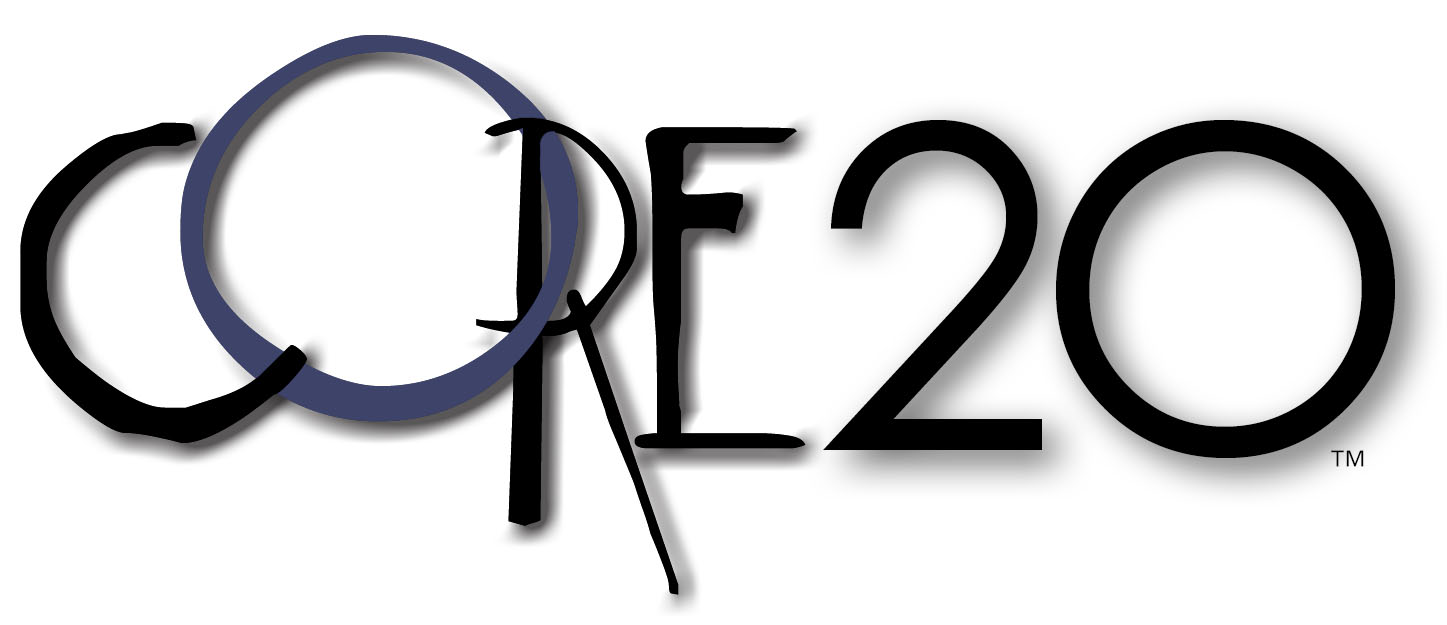As talked about in the previous preview, magic is the place where fantasy begins and ends for me, and spell magic is the most prominent manifestation of how magic is meant to feel in the world of a CORE20 game. This is true for all characters, not just adventurers, and regardless of whether those characters channel spell power themselves. A warrior focused on training and battle, an outlander wandering the wilderness, and a scoundrel dedicated to social niceties and shady deals have no reasons to understand even the basics of the workings of magic. But the spells that map out the presence of magic in the world are as real to those characters as the mythic heroes and distant lands they’ve heard of but have never seen.
Chapter 1 Excerpt (Magic Grimoire) — Spells
Spells aren’t just mechanics and flavor for certain characters, in other words. They’re a part of each character’s broader understanding of the world’s vastness and scope, and the starting point of what makes a milieu magic. Spells take the mystery and threatening potential of the eldritch power that suffuses the world, then turn that into the promise of personal power, of an edge in battle, of health and protection from harm. The potential of magic to change the world is summed up by spells, turning them from just a list of options on a character sheet into touchstones that make the magic of the world feel personal.
Spells help define the different ways in which magic manifests within the world, marking out the dividing lines between the traditions of animyst magic (CORE20’s term for divine magic), arcane magic, and druidas magic. The distinctions between the secret workings of those spellcasting spheres in the world of the game is a topic of such complexity that only a rarefied group of lorists and sages can claim to understand it. But every child who grows up hearing tales of adventure uses stories of spellcasting to define a personal sense of the differences between the enlightening and vengeful life magic of animysts, the unpredictable and unforgiving eldritch power of arcanists, and the gentle and furious primal magic of the druidan.
•
CORE20 builds the setup of its magic item system on the foundations of third edition D&D — and then kind of doubles down on 3e, creating a game milieu in which magic is an integral and essential part of life across all the world, not just the world of wealthy adventurers. Among other things, this gives us a system in which potions and spellmarks (a magic item that functions exactly as a potion, but which takes the form of a small breakable object such as a tile) can encompass a wide range of lower-level spells. And that in turn means that spell magic is something of potential in-game interest to every character, not just spellcasters.
When I talk about CORE20 being a magic-rich game, that translates to the spells chapter of the CORE20 Magic Grimoire currently sitting at 609 spells. That’s a bit of a jump from fifth edition’s 361 spells in the Player’s Handbook, and a modest step head even of the 500-odd spells available in all 5e books to date. This preview details the full lists of animys, arcane, and druidas spells, running from levels 0 to 18. (CORE20 spreads out the traditional D&D setup of 1st- to 9th-level spells into 1st- to 18th-level spells, so that spell level and caster level sync up.) It then shows off a relatively small selection of 120 or so of those spells. This includes a number of eldritch classics with mechanics and presentation thoroughly revised for the CORE20 game, some standard spells that have been given a new spin with updated mechanics, and some brand-new stuff to help make the world of your CORE20 game magic.
(Art by Dean Spencer)


